|
Canon R6, EF 24-105mm at 73mm, 1/640 sec., f/11, ISO 200, -1/3 EV, panoramic.
The photograph at the top of the post was captured on December 13, 2022 the morning after a winter storm system came through bringing much needed rain. I was standing just north of the visitor center on the trail east of the tram road, facing the Rincon mountains. If you look carefully you can see snow on the top of Mica Mountain. Sabino Canyon is a great place for birds in the winter, due in large part to the ready access to water and the presence of food, including Mistletoe berries growing on Mesquite Trees. Many birds eat fruit during the winter and depend on berries. Although Mistletoe is considered a parasitic plant, in the wild it grows abundantly and provides much needed food for birds. The image below is looking south toward the visitor center. The dense understory provides insects and berries for our avian friends, including the Western Bluebird. Canon R6, EF 24-105mm at 24mm, 1/640 sec., f/11, ISO 160, -1 EV. Western BluebirdsCanon R6, RF 100-500mm at 500mm, 1/2000 sec., f/11, ISO 800, +2/3 EV. On December 14, 2022, a small block of Western Bluebirds, males and females, were working the understory across the desert floor looking for food. In the photograph above, a male takes a break and sits in the sun, likely looking for both food and predators. He wants to get lunch before he is lunch . . . . Below another male on another day, December 6, 2022, shortly after 2 pm south and west of Sabino Canyon, close to the Rillito River. He was one of a small flock, working the understory for food. Canon R6, RF 100-500mm with 1.4x Extender at 480mm, 1/800 sec., f/10, ISO 5000, +1 EV. The Western Bluebird is in the Order Passiformes (songbirds) in the Family Turdidae, Thrushes and Allies. Other species in this family include: Thrushes (Varied, Veery, Gray-cheeked, Bicknell's, Swainson's, Wood, and Hermit), Townsend's Solitaire, and the American Robin. (Ref: All About Birds, Bird Guide). Males are blue above with a rusty throat and chest. The amount of blue in the bird will depend on the light. Females are grayish above with bluish wings and tail, and a subdued orange-brown breast (Ref: All About Birds). Below, a male on the left, and a female on the right, also December 6, 2022 near the Rillito. The birds this day were busily gathering berries and insects from trees and bushes in the low understory. I feel fortunate to have captured this shot with the male and female together, holding still! In the image below, a female Western Bluebird grabs a Mistletoe berry from a Mesquite tree in Sabino Canyon, just north of the visitor center, December 14, 2022. Canon R6, RF 100-500mm at 500mm, 1/1000 sec., f/7.1, ISO 2000, +2/3 EV. Below, possibly the same female is perched for a photoshoot. The blue coloration on the wings and tail is evident, with the gray back. In the series below a female is scarfing down berries, December 6, 2022, just south of the Rillito. Birds have tongues, but no teeth. Food is either broken up or torn by action of the bill, or swallowed whole, as in this case. Not all birds can digest fruit. Being able to do so is a big advantage, especially in winter when insects are scarcer, and helps the species extend its range. Canon R6, RF 100-500mm with 1.4x Extender at 700mm, 1/800 sec., f/10, ISO 12,800, +1 2/3 EV. Gulp! Down it goes! Breeding season in Summerhaven, 2022 . . . . .The images I captured in December reminded me of shots I captured last June which I never had a chance to process or post (chalk it up to sloth!). For years local residents in Summerhaven have put out nest boxes for the Western Bluebirds. Western Bluebirds are cavity nesters, and if they cannot find a natural cavity, for example an unused Acorn Woodpecker hole, they won't breed at all. So, nest boxes increase the options and helps to keep the generations coming. This is very important in an era when global climate change is impinging on habitat with loss of both food and nesting spots. Below, a mama Western Bluebird is likely drying off after a bath in Sabino Creek (at its origin!) and taking a short rest from her domestic duties. June 19, 2022, Loma Linda Extension Road. Canon R6, RF 100-500mm at 500mm, 1/1600 sec., f/8, ISO 5000, +1/3 EV. Below likely the same female is at work flying in with lunch for the kids. Big bugs, yum! In the second shot we can see blue on the wings and tail. Canon R6, RF 100-500mm at 500mm, 1/1600 sec., f/8, ISO 2500, +1/3 EV. Below, she has delivered lunch and keeps her eye out for predators. Note that Common Ravens and Steller's Jays are aggressive predators on Mt. Lemmon during breeding season, raiding nests for eggs or young hatchlings. In the image above, the female reaches into the nest and then below comes out with a fecal sac. In some species, including the Western Bluebird, the hatchlings will enclose fecal contents, including residual food and urates (urine), in a clear membrane creating a sac which the parents can grab and dispose of in a distant location. This keeps the nest clean and free of odors that might attract predators. Below, mom takes off with the sac. Sometimes an adult will eat the sac rather than dispose of it; when the hatchlings are very young their digestive tracts are not very efficient leaving significant nutrients behind, making the sac a valuable source of food for the parent. Below, a male sits at the nest, just to show the world that dad's are involved too! Sometime other adult pairs or immatures will serve as helpers at a nest. Western Bluebirds will have 2-8 eggs per clutch, and up to three broods per season. Back to Sabino Canyon . . . .Canon R6, RF 100-500mm with 1.4 Ext., at 454mm, 1/640 sec., f/10, ISO 2500, 0 EV. Late in the afternoon of December 14th I was walking back to the visitor center just to the east of the tram road when I spotted two In closing . . .No post on Sabino Canyon would be complete without at least one image of running water. Below is an iPhone 13 photo captured on December 14th at the creek as it runs south from the Bear Canyon tram road. Fall color is in evidence on the banks. Apple iPhone 13 Pro. 5.7 mm, f/1.5, 1/8700 sec., ISO 50. Sabino Canyon is great anytime of year, but the winters are exceptional, so if you have not gone there recently there is still time! That's all for now! More coming soon, stay tuned! Happy Trails! January 29, 2023: Special thanks to Jeff Babson for his help in verifying the species for some of the images.
12 Comments
Deb Bauer
1/27/2023 05:23:09 am
Always more life sustaining bird information than I had ever known. Thank you for providing the depth of bird-life daily duties. Some birds eat fruit and some not?, something that never occurred to me. Your photos are very expressive and your poised feathered models make you a master bird photographer. You give quality and equal attention to the environment these bird live in, your dialogue makes one believe you are walking those paths with us as we read the post. Sabina Canyon in your images looks like an amazing place to experience. For all of the visual reasons captured in your photos and the live activity descriptions you’ve detailed, this is now quite a magical place than the spiney grove of cactus and mesquite I once thought it to be, atleast in December. Your post has brought a lot of promise to find these things and enjoy what I’ve read about here. Your passion comes through in full, and your ability to convey the detailed information makes for a calming and satisfying read, every time. Looking forward to your next post.
Reply
Henry
1/27/2023 04:53:38 pm
Deb: Many thanks!
Reply
Melanie Garliepp
1/28/2023 06:58:19 am
Beautiful photos,the one with the deer next to the cactus looks like half deer,half porcupine. Really enjoyed all your photos!😃
Reply
Carol Niehoff
1/28/2023 07:56:45 am
Wow! Such thorough and interesting information along with your beautiful photos, Henry! I need to check-in more often. Thank you for a most pleasant morning.
Reply
Henry
1/28/2023 04:23:28 pm
Carol: Thanks! Let me know if you want to receive and email each time I post, usually 1 or 2 times a month.
Reply
Bethany Hannon
1/28/2023 11:08:50 am
Henry, it was a joy to walk with you through your article and see through your sharp eyes the details of life for these bluebirds. Your patience and love of your craft and the wildlife are abundantly obvious here. I agree with everything in the above entry written by Deb Bauer. How wonderful for you to share your passion with us. Thank you.
Reply
Henry
1/28/2023 04:21:56 pm
Bethany: Great to hear from you! I am glad you enjoy/appreciate the posts. It is great to hear when the posts bring some light into people's lives. It is more than I expected when I started this almost 8 years ago! Best wishes! Henry
Reply
Linda Currin
1/28/2023 01:59:33 pm
You never cease to amaze, educate, and entertainme, Henry!! Thanks, as usual!!
Reply
George A Newman
1/28/2023 03:08:17 pm
Lovely photos. Thank you.
Reply
Pam Winsten
1/30/2023 06:53:04 am
Oh my! Such a joy to read your blog as I sip my morning coffee! Perfect beginning to the day! Thank you!
Reply
P Langelier
2/13/2023 01:44:37 pm
Very interesting . A new version of the Bluebird !
Reply
Leigh Anne Thrasher
4/4/2023 06:54:44 am
Henry,
Reply
Leave a Reply. |
AuthorHenry Johnson, photographer and author of this site. For more detail, see About
Categories
All
Archives
July 2024
|
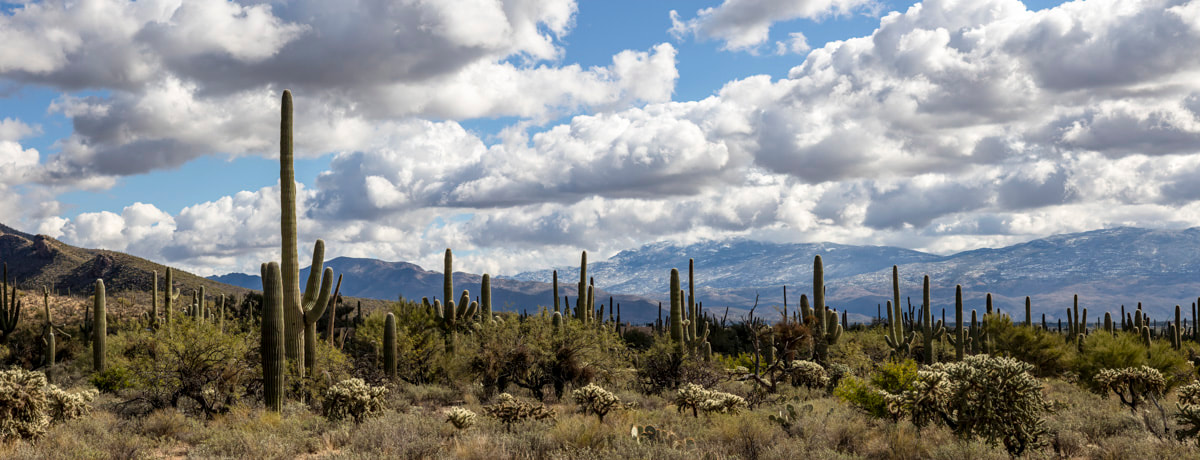
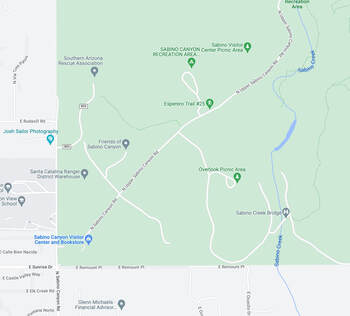



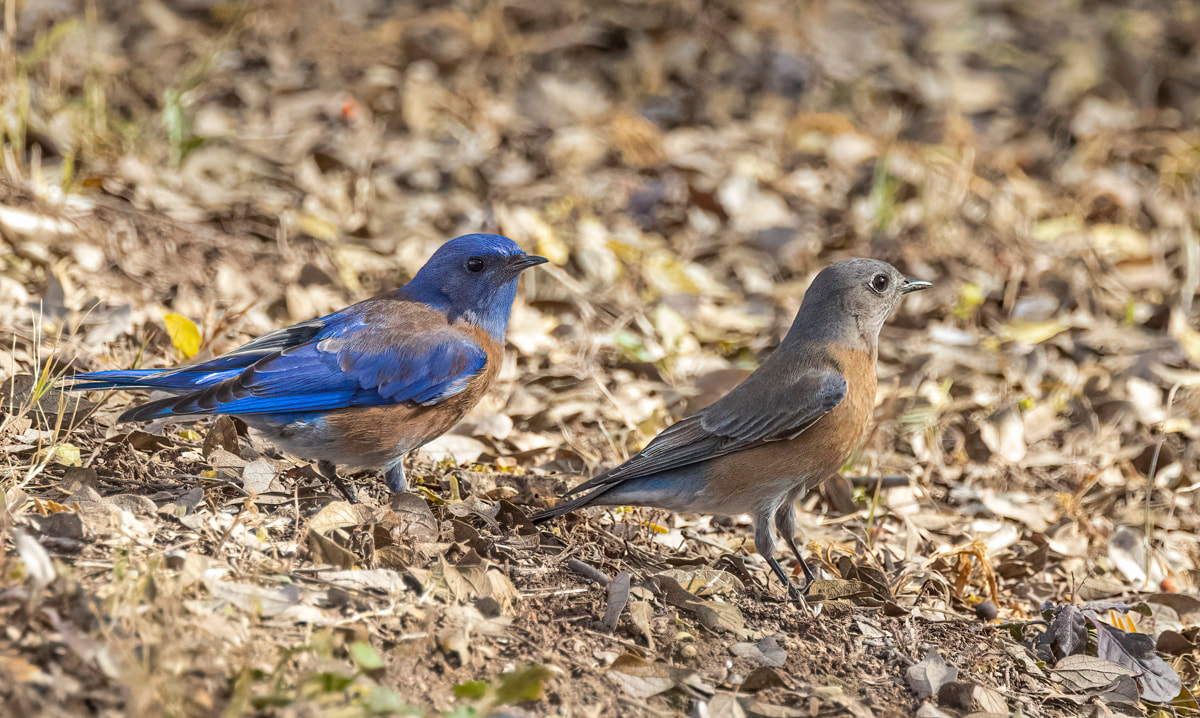
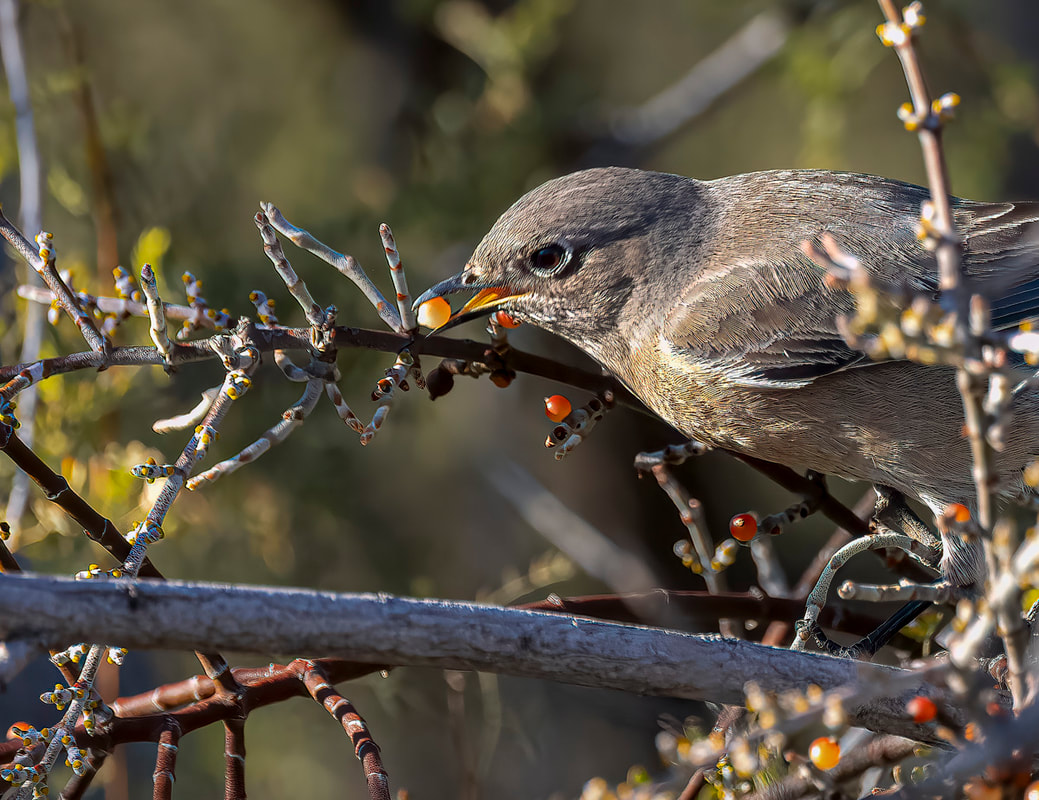



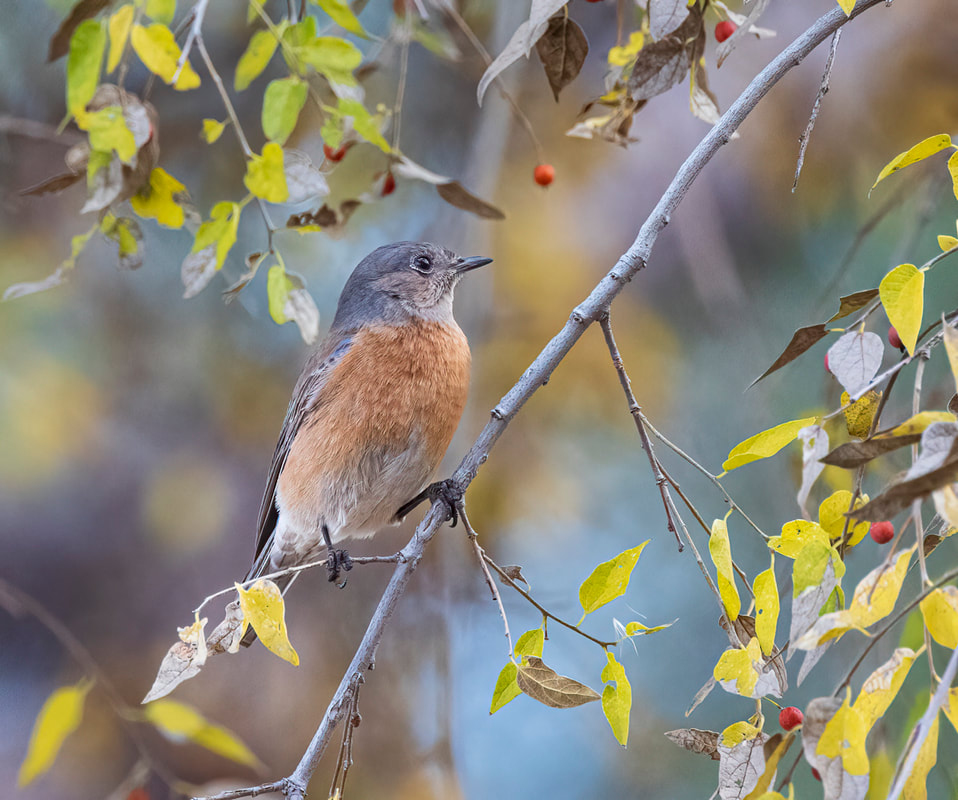






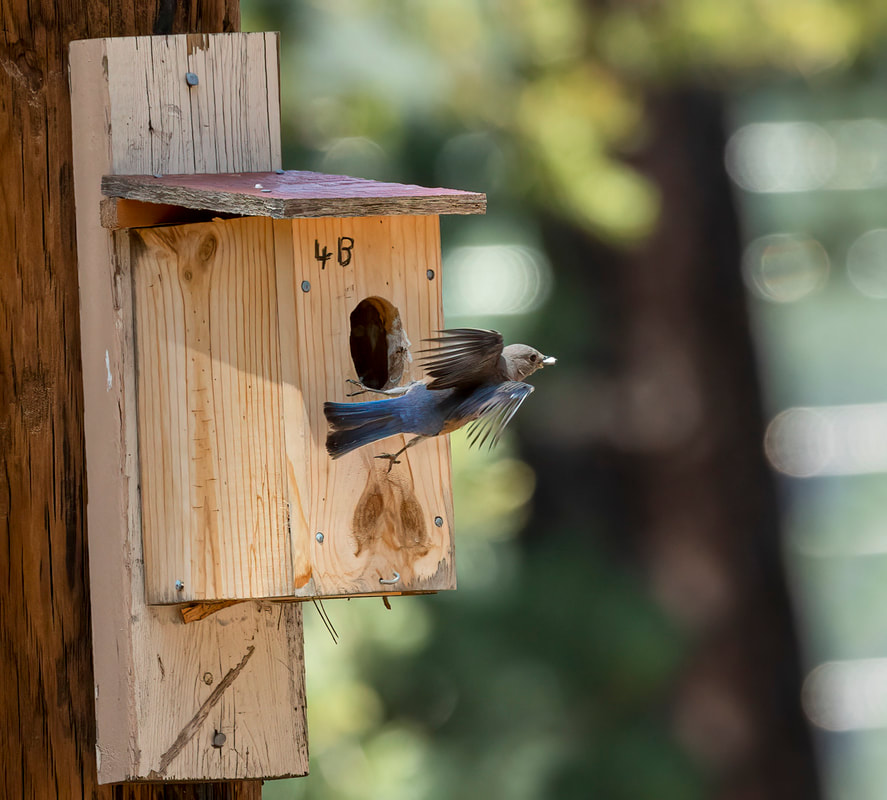

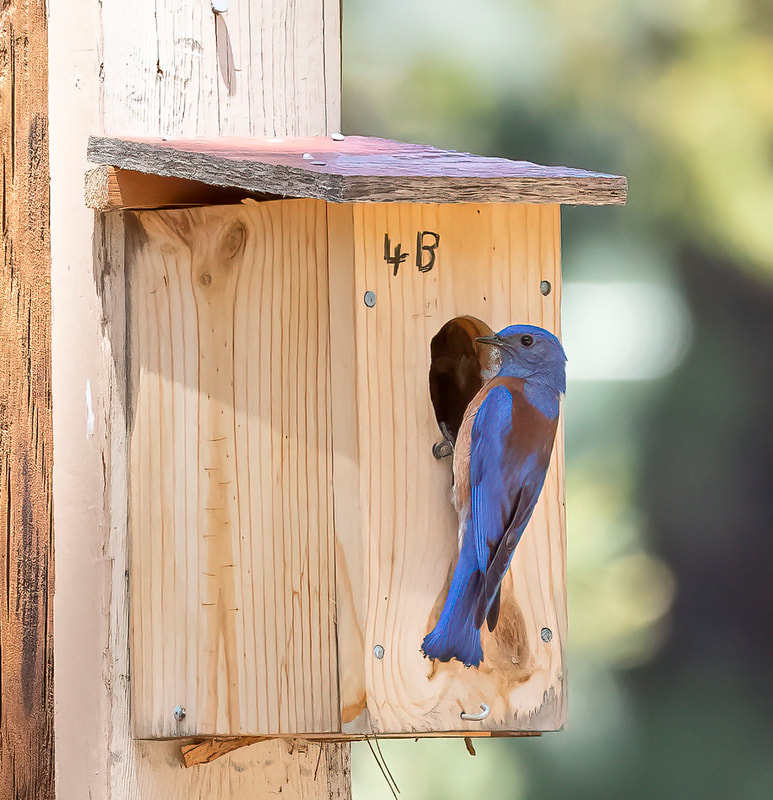



 RSS Feed
RSS Feed